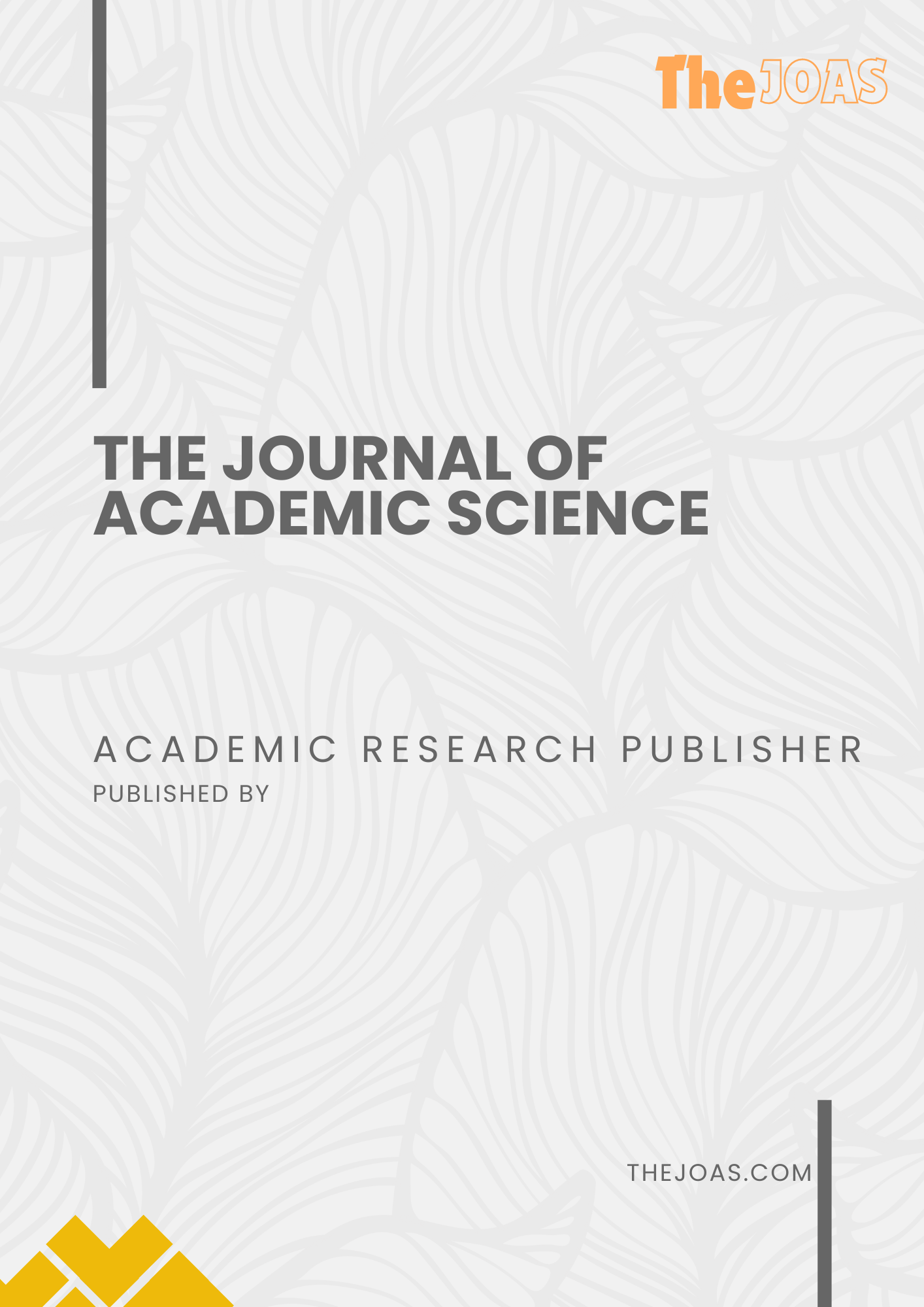Improving Network Efficiency through Edge Computing and 5G Integration
DOI:
https://doi.org/10.59613/r6dw5h37Abstract
The rapid growth of connected devices and the increasing demand for low-latency, high-speed communication have driven the evolution of modern network architectures. This paper explores the integration of edge computing and 5G technology as a transformative approach to enhancing network efficiency and performance. By decentralizing data processing and shifting computational tasks closer to end-users, edge computing minimizes latency, reduces bandwidth consumption, and improves overall network responsiveness. Simultaneously, the deployment of 5G networks provides the necessary infrastructure to support ultra-reliable low-latency communication (URLLC) and massive machine-type communications (mMTC). Through a qualitative methodology based on literature reviews and library research, this study synthesizes current academic and industry findings to assess the synergies between edge computing and 5G technology. The paper highlights the benefits, challenges, and future directions of this integration, emphasizing its potential to revolutionize sectors such as smart cities, healthcare, autonomous vehicles, and industrial automation. Findings suggest that while edge computing and 5G hold significant promise, addressing security, scalability, and interoperability remains crucial for widespread adoption. This research contributes to the growing body of knowledge by providing a comprehensive overview of existing frameworks and proposing strategies to optimize network performance through seamless edge-5G convergence.
Downloads
Published
Issue
Section
License
Copyright (c) 2024 Badie Uddin, Hendri Syahputra, Hasriansyah Hasriansyah, Ni Wayan Yusi Armini, Antonius Sony Eko Nugroho (Author)

This work is licensed under a Creative Commons Attribution 4.0 International License.





